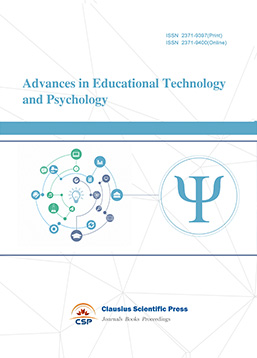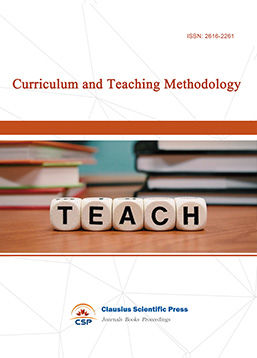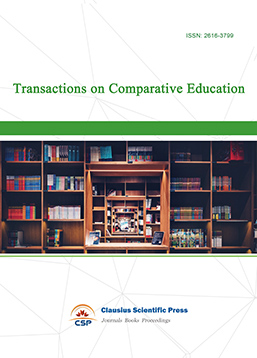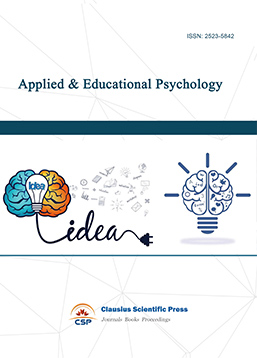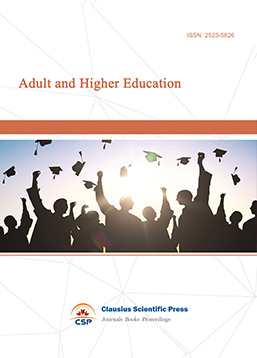Research on the Enhancement of IoT Professional Competencies under the Integration of X Certification
DOI: 10.23977/avte.2024.060529 | Downloads: 6 | Views: 698
Author(s)
Hong Ran 1, Jie He 1
Affiliation(s)
1 School of Electronics and IoT Engineering, Chongqing Industry Polytechnic College, No.1000 Taoyuan Road, Yubei District, Chongqing, 401120, China
Corresponding Author
Jie HeABSTRACT
Vocational education and general education, as two distinct educational systems, fulfill different social functions. Under the promotion of China's Credit Bank System, alongside the ongoing revision of "credit system" talent cultivation frameworks in higher vocational institutions, the content and form of vocational education have become increasingly flexible and personalized. This evolution effectively addresses the diverse backgrounds of students and provides sustained support for their long-term skill enhancement. Notably, the "1+X" certificate system, as a key measure in vocational education reform, integrates vocational college diploma education with the acquisition of multiple vocational skill level certificates, further advancing the alignment of students' competencies with industry demands. This enhances their employability and career development potential. Using the IoT course "ARM-Based Application Development" as a case study, this paper explores the reform strategies and implementation pathways of curriculum development in conjunction with the "1+X" Sensor Network Application Development Certification system. Empirical evidence demonstrates that the seamless integration of skill development with professional certification offers a new trajectory for the high-quality development of vocational education, while contributing to the provision of technically skilled professionals for regional economic growth.
KEYWORDS
1+X certificate, ARM Application DevelopmentCITE THIS PAPER
Hong Ran, Jie He, Research on the Enhancement of IoT Professional Competencies under the Integration of X Certification. Advances in Vocational and Technical Education (2024) Vol. 6: 204-207. DOI: http://dx.doi.org/10.23977/avte.2024.060529.
REFERENCES
[1] Mao, S. H. (2020). The Real Dilemmas and Coping Strategies of Implementing the "1+X" Certificate System in Vocational Colleges. Educational Management, (1).
[2] Yuan, L. (2018). The Significance of Credit System Implementation in Vocational Schools and Issues That Need to Be Addressed. Vocational Education, (5).
[3] Dai, Y., Zhang, Z., & Guo, Q. (2019). Ideas and Measures for Implementing the "1 + X" Certificate System in Vocational Colleges. China Vocational and Technical Education, (10), 29.
[4] Tang, Y. Z. (2019). The "1 + X" Certificate System: Innovation in the Design of Vocational Education Systems in the New Era. China Vocational and Technical Education, (16), 5.
[5] Du, Y. P., Li, H. D., & Zhan, B. (2019). Discussing the Design of the "1 + X" Certificate System from the Perspective of "Course-Certificate Coexistence and Co-Growth". China Vocational and Technical Education, (4), 9.
[6] Zhu, D. Q., & Zhang, D. (2020). The Value Dimensions and Future Goals of Vocational Education. Modern Distance Education Research, (4), 11-18.
[7] Xu, G. Q., & Fu, M. Y. (2019). "1+X" as an Important Innovation in the Talent Cultivation Model of Vocational Education in the Intelligent Era. Research on Educational Development, (7), 21-26.
[8] Jiang, N. P. (2002). Research on "Broad Foundation, Flexible Modules" Course Structure. China Vocational and Technical Education, (3), 50-53.
[9] Lin, K. S., & Xu, L. L. (2019). Reconstruction of Curriculum Order: Logic, Structure, and Mechanism of Building High-Quality Professional Groups in Higher Vocational Education. Research in Higher Engineering Education, (6), 125-131.
| Downloads: | 15140 |
|---|---|
| Visits: | 807245 |

 Download as PDF
Download as PDF